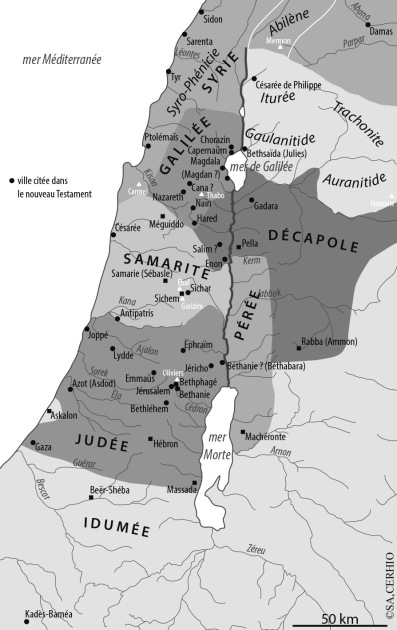Introduction
Probably drafted around the years 65-70 of the first century AD, the gospel of Mark[1] is generally acknowledged as the earliest gospel to have reached us. It is also the second of the four gospels retained in the New Testament[2] canon: the first and third being respectively ascribed to Matthew[3] and Luke[4]; along with them it forms the group of so-called synoptic[5][5] gospels, followed by the fourth by John[6].
As duly noted by a number of academics, Mark's text attests a keen interest in the spatial representation of Jesus' peripatetic activity. In the narrative framework of the gospel and far beyond the patent ideological confrontation between Galilee and Judea, a very specific role is played by architectural spaces (house, synagogue, temple) with all their social and religious implications. This particularity is worth examining in the light of Jonathan Z. Smith's taxonomy of ancient religions which proposes a threefold typology distinguishing between the religions of “here”, “there” and “anywhere”.







